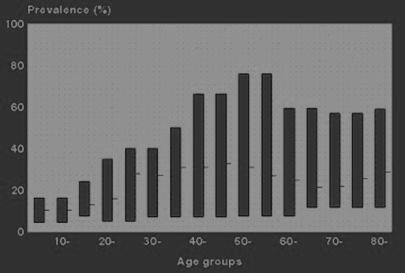Urinary incontinence is a common condition that refers to the involuntary leakage of urine. It can occur due to various factors, such as weakened pelvic muscles, nerve damage, or medical conditions.
Alfa Clinic is a leading provider of urinary incontinence treatment in the region, offering a range of options to help patients manage and overcome this condition.
Dr. Ali Poonawala and specialized nurses work closely with patients to identify the underlying causes of urinary incontinence and develop individualized treatment plans. We offer a range of treatment options for urinary incontinence, including lifestyle modifications, pelvic muscle exercises, medications, and surgical interventions.
Our team uses state-of-the-art diagnostic techniques to accurately diagnose urinary incontinence and develop tailored treatment plans. We understand that urinary incontinence can be a sensitive and embarrassing issue for many patients, and as such, we take a compassionate and supportive approach to care.
Our team prioritizes patient education and communication throughout the treatment process, ensuring that patients understand their condition and the options available to them. We believe in a multidisciplinary approach to care and work closely with other medical professionals, such as gynecologists and physical therapists, to provide comprehensive care for our patients.
We use the latest technology and equipment to provide accurate and effective treatments for urinary incontinence, with a focus on non-invasive and minimally invasive options whenever possible. Our team is committed to patient safety and comfort, and we take all necessary precautions to ensure that our treatments are safe and effective.
PREVALENCE IN WESTERN WORLD :
Category
Age yrs
% with UI
Men
15-64
1.5-5%
Women
15-64
10-30%
Non-institutionalized
65+
15-35% (70%♀)
Institutionalized
65+
53%
URINARY INCONTINENCE IN WOMEN

1] (Nygaard, Thompson, Svengalis, 1994)
2] (Elving, Foldspang, Lam, Mommsen, 1989)
How About India?
12% of women have Urinary Incontinence. (Asian Society for female Urology)
Urinary Incontinence in Southern Asia (Extrapolated Statistics at 5%)
Country/Region
Extrapolated Prevalence
Population Estimated
FAQ
- The causes are different in children, mainly due to some development defects or incorrect toilet training during early childhood.
- Infections can cause incontinence at any age, which is temporary.
- In women, multiple pregnancies, difficult childbirth can cause urine leakage.
- There may be incontinence due to injury to Spinal cord and nervous system diseases.